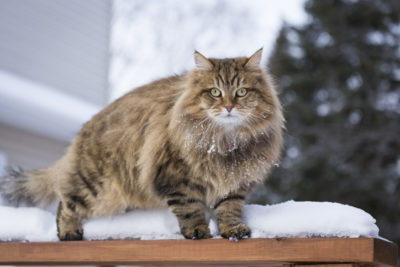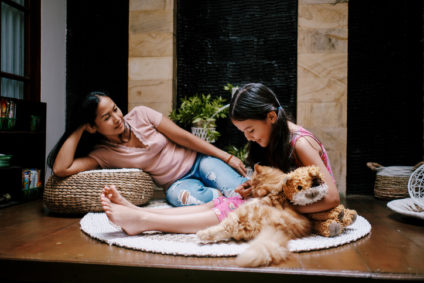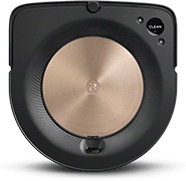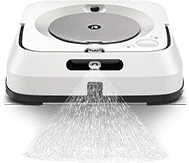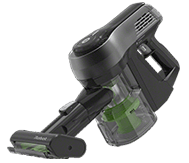14 Cats That Don’t Shed (From No Hair to Long Hair) & How To Stop Shedding When You See It
You or someone in your household is allergic to cats (or at least their fur and dander). Or, maybe you just don’t like all that fur floating around your home (who does, right?).
The perfect solution: cats that act like dogs and don’t shed.
Ah, just kidding, we love their cool, low-maintenance dispositions, their couch snuggles, and the amount of time they stare at birds out the window and soak up the sun on top of the dining room table.
What we aren’t kidding about, is the non-shedding part. There are plenty of great low shedding cat breeds with and without fur, that don’t shed, or shed minimally:
- Hairless cats that don’t shed
- Cats with some fur but no shedding
- Cats that shed but not that much
- The best cats for people who are allergic
Ways to Stop Cat Shedding (or at least tone it down)
You can’t actually eliminate all shedding, unless you have a hairless cat. BUT, you can reduce shedding.
The biggest thing to focus on is their diet. Talk to your vet about the best diet for your cat.
Consider feeding your cats a high quality, digestible protein – an animal protein, because they can’t get all of their digestive needs from a plant based diet.
Their hair is an extension of all of their bodily functions and parts, and reflects their overall health. If their coat is dull and shedding a lot, there may be something wrong with their diet if not their overall health.
For that reason, always check with your veterinarian if you notice your cat is excessively shedding.
Another way to reduce their shedding is to make sure they’re getting enough water.
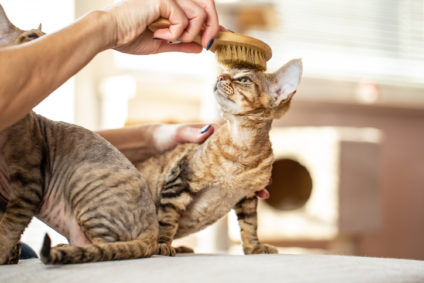
To encourage fluids, you can encourage them to drink pure water with a water fountain bowl, offering fresh water regularly, and feeding them a can of wet cat food daily.
Brushing or combing them regularly also equals less shedding.
Hair has a normal lifecycle, meaning it’s going to grow and fall out all the time. The only way to reduce it spreading around is to brush it daily (at least weekly).
Want to stay organized? Add brushing your cat to your weekly house cleaning checklist.
A House Cleaning Checklist for Each Room, by Day, Week, and Month
Increasing the amount of fatty acids in your cats diet can also decrease the amount of shedding from your cat.
The fatty acids that seem to work the best for cats are fish oils with a lot of Omega 3s. There are several products you can use to deliver this, including something as simple as a spray.
Of course, speak to your veterinarian before you feed (or spray) your cat.
You can also make your own cat wipes!
Bathing your cat can be pretty difficult. Using wipes is a far better alternative. Heavy cat coats are soft because they’re full of moisture. Finding ways to add moisture to your cats fur and skin can help reduce shedding.
To make those cat wipes:
Mix one cup of water with peppermint essential oil (one of the safest essential oils you can use for a cat) and a couple of tablespoons of aloe juice.
Shake your jar, add some of the mixture to a cloth, and lightly wipe your cat.
Love cats but tired of the shedding? We have a few extra tips for removing cat hair from your house:
How do I know if my cat is stressed? (because they’re suddenly shedding, a lot)
Cats tend to shed less when they’re happy and healthy. And more when they’re stressed. It can be the simplest things that cause it too:
- A new baby in the home
- Lack of socialization
- Other cats in the area
- Visiting strangers
- Competition for food, water, or litter
- Building work/ moving
- Changes to their environment
Luckily, there are a few indicators of their stress (not just short term stress, but long term, chronic stress). Knowing them can help you ease their anxiety, with the benefit of also reducing that excess shedding.
- Are they grooming more than their usual?
- Are they spraying?
- Are they acting more withdrawn? Hiding more often?
- Are they more aggressive than normal?
- How are their activity levels? Do they sleep more (or pretend to be asleep more)?
- Are they eating more than usual?
Increased time resting or hiding are two of the biggest indicators of excessive stress. And just like humans, they often turn to comfort foods or excessive eating if they’re stressed.
If you notice these behaviors, you can work to reduce stress by:
- Establish (or reestablish) a routine
- Be consistent with your interaction level with your cats
- Don’t try to hold them if they don’t seem to want to be held
- Provide scratching posts, plenty of food, water, and cat food in a private area
- Separate food from their litter area
- If your cat does go outside, let them decide when and for how long
 What months do cats shed the most?
What months do cats shed the most?
Just like with dog breeds, there is a shedding season for cats. Seasonal shedding is triggered by the length and brightness of the day. Longer days naturally mean summer is approaching, and more warmth.
For that, cats need less fur, so tend to shed their dead hair more as the days lengthen- generally in the spring months (March, April, and May).
Have a shedding cat and need some extra cleaning power? Check out our blog:
Do cats have undercoats?
Most cats have a double layer. The top layer being the “guard” and the bottom layer being the undercoat.
The undercoat is short, thick, and puffy to keep a cat warm.
The guard is the overcoat, typically thinner and longer, meant to wick away moisture.
Do cats need baths?
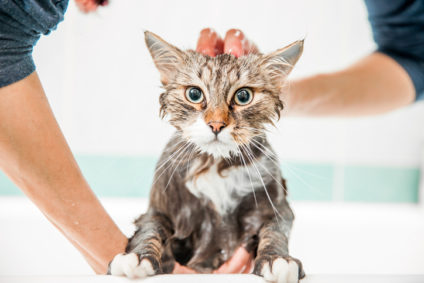
Generally, the only time a cat really needs a bath unless they’re ill and have given up cleaning themselves.
Of course, there are exceptions, such as if they have fleas. But generally, it causes cats a lot of stress to bathe and due to their own excessive grooming, they don’t need it.
Cats are known to be great shedders, but there are plenty of cats that don’t shed or shed minimally. You can have a cat and avoid shedding too, you just have to pick the right cat.
Affectionate cats that like to cuddle and don’t shed
They say cats aren’t that affectionate. That they couldn’t care less about their cat owners (cat dads and cat moms, really).
But anyone that owns a cat knows the truth:
They love belly rubs, getting their large ears scratched, sleeping at the end of the bed (or on top of you), sitting on your lap while you relax on the couch, and will meow or purr and try to get your attention in any way they can if you spend too much time on the computer.
But a simple rub often means a swath of hair against your leg. If you’re looking to avoid that, then check out the following non-shedding breeds of cats.
Hairless cats that don’t shed
Hairless cat breeds go a bit ignored due to their bare appearance, and maybe their association with the laps of some villains. But, they still have the same dispositions AND they don’t shed at all, because, well, there is less hair (no hair) to shed.
Trying to find the perfect gift for that special cat dad in your life? We have ideas.
If just can’t stand any hair on your clothes (or elsewhere), then some of these hairless cats may be up your alley.
1. Peterbald
Peterbald cats are a hairless breed, though some may have peach fuzz or very short hair.
If they do have hair, it can come in a variety of colors and patterns. It may also completely cover their bodies or only cover them in small patches. Those patches are generally around their face and extremities.
While it’s short, the hair is incredibly soft, often compared to velvet-like.
One last thing: you may get a Peterbald kitten with a coat of fur, but that may not remain the same throughout their life. They have a hair loss gene that may cause them to lose any and all the hair they have.
2. Donskoy
Sometimes called the Don Sphynx or Russian Hairless, are considered extremely good-natured and loving, developing deep relationships with their owners.
A dominant mutation causes their hairlessness, which means that, even if they breed with a fully coated and excessively shedding feline, they can still produce hairless offspring.
Most Donskoy cats are born completely hairless, unlike the Peterbald, so their appearance will not change throughout the years.
In the winter (if you live in a chilly climate), you’ll get your chance at dressing up your feline friend because the Donskoy needs at least one additional layer to keep them warm.
3. Sphynx
We get the sphynx cat thanks to spontaneous genetic mutations. Meaning, these hairless cats can come from entirely hairy, “regular” cats.
They’re still pretty rare, as the breed stems from sets of hairless cats found by both Minnesota farm owners and a Canadian breeder in the 1970s (the two families joined forces to create more of these genetic wonders).
Though its lack of fur is considered a genetic disorder, and it is more susceptible to hot and cold, its lack of fur is a relief to allergy-stricken cat lovers everywhere.
Rex cats: some fur (but not much, and still no shedding)
Some breeders pair Rex cats with hairless breeds, like the Sphynx, to create a little more diversity among them.
That’s because most Rex cats look quite similar to hairless breeds, especially in their facial structure. The difference is, they have a fine coat of velvety-soft hair that comes in a variety of patterns and colors.
4. Cornish Rex
Known to have a lot of playful energy, the Cornish Rex cat is a wonderful cat breed for those that want a fur baby without all the shedding.
They have a pretty unique appearance, not only because their heads are long and wedge-shaped, but because their short hair is a slightly curly coat.
Since they’re a result of a recessive mutation spotted in one cat in the 1950’s, they’re still fairly rare and even under threat of extinction. They continue as a breed largely by breeding with other short-haired and hairless cats.
5. Devon Rex
The Devon Rex is very similar to the Cornish Rex, particularly in appearance, with very short but silky, curly (or wavy) hair.
Though they have hair (slightly longer than their Cornish counterpart), they still lack the guard and awn layers of fur that other furry cats have.
In other words, they have hair, but they don’t shed quite as much as other breeds – and they’re cute as buttons to boot.
Cats that shed, but not that much (even the really furry ones)
Sometimes, you just can’t resist the ultra fluffy kitties. Their beautiful coats are a big factor in our attraction to them in the first place, after all.
Believe it or not, you can actually eat your cake and have it too. There are a few short to very long-haired cats that don’t shed.
Here are some of the most popular (and might we say gorgeous):
6. Exotic Shorthair
You might just consider the Exotic Shorthair the pug of cats, due to it’s short and snubby nose and squishy face.
They may be called a shorthair, their hair is still fairly long and extremely thick. Because they’re thick boned, they tend to look even fluffier than they are.
Despite all the fluffiness (and their dense coat), they don’t actually shed very much.
7. Siamese
Siamese cats were once a fixture in Buddhist temples, and were highly praised, because they were believed to absorb the souls of those who passed onto the next life.
While their history is fascinating, it’s their fur we’re most interested in. It can be long or short, but always inhibits that unique smokey white and brown pattern.
While they do shed, their hair is fairly short so it’s less noticeable than other cats.
8. Burmese
Burmese cats have very short hair with a slightly Siamese look since many are often cross-bred with Siamese cats.
They tend to have grey or brown coats, but those coats shed very little because of the fact that they’re descendants of Siamese cats.
9. Russian Blue
If you have a quiet home without children or a lot of activity and want a hypoallergenic cat, a Russian Blue cat might be the right choice.
They’re pretty tame, and enjoy their independence, but they still enjoy their cuddle time. Even better, their dense, short coats don’t shed much.
They also produce fewer proteins that trigger allergies.
 10. Bengal
10. Bengal
Bengal cats don’t have an undercoat. This is a medium-haired cat with just one small coat of hair that doesn’t shed much or require a lot of grooming, even from the cat itself.
Since the proteins that trigger cat allergies are in a cat’s saliva as well as their hair follicles, the reduction in fur taming means less licking, and fewer proteins floating around.
 11. LaPerm
11. LaPerm
LaPerm cats tend to have very long fur, similar to a Himalayan or Persian. Despite that, they don’t shed very much.
Interestingly, LaPerm cats were originally born completely hairless, which plays a huge role in their hypoallergenic quality today.
12. Japanese Bobtail
The Japanese Bobtail doesn’t have an undercoat, which tends to be thicker and requires more grooming. More grooming means more shedding and more of the protein floating around that triggers allergens.
Though they’re not exactly lap cats, they tend to cuddle by sleeping right up next to their owners.
13. Javanese
The Javanese is closely related to Balinese cats and carries a lot of the same qualities, such as its low shedding capacity.
They do tend to be pretty talkative and energetic, but make great cuddle buddies for all types of families.
14. Siberian
Just like Siberian huskies, Siberian cats have nice long beautiful coats. Unlike huskies, they really don’t shed much.
That’s because they produce far less of the allergen-inducing protein than most other cats.
They DO shed, and sometimes it may be a lot. But, because of the lack of that protein, it shouldn’t trigger your allergies.
The best cats for people who are allergic

If, however, your allergies aren’t sensitive, a hairless cat or Rex cat is your next best option.
For those with minor allergies or those that are more concerned with the level of hair floating around their home, several we’ve listed above are great and cuddly options. But please be sure to talk with your allergist to determine the best option for you.
Is there really such a thing as hypoallergenic cats?
Technically, no. There’s no such thing as a truly hypoallergenic cat.
Cat hair isn’t actually the cause of your allergies. The root cause is the proteins secreted from their hair follicles (and saliva), which all cats have regardless of how much (or little) hair they have.
All cats still release oil (meant to help maintain the sheen of their fur) and dander, that cause some allergic reactions.
Some cats are considered “hypoallergenic” or “low-shedding” because they produce a much smaller amount of these proteins.
Not to mention, their hair isn’t floating around or sticking to furniture, clothes, and you. Meaning, you have far fewer opportunities to react to the proteins they release.

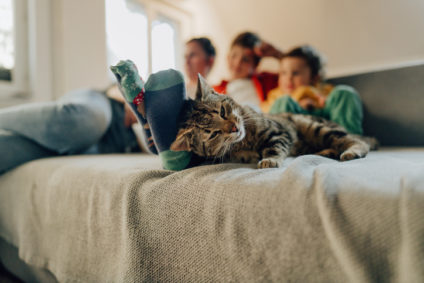
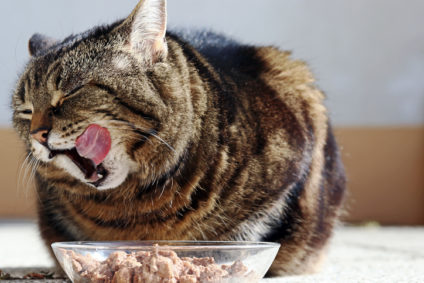

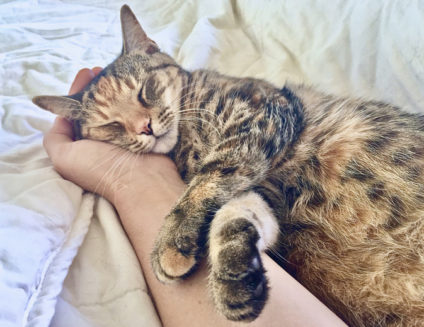
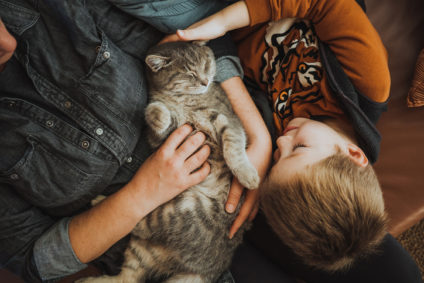
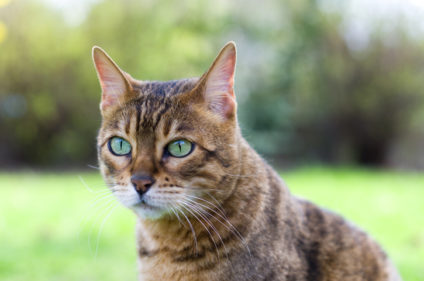 What months do cats shed the most?
What months do cats shed the most?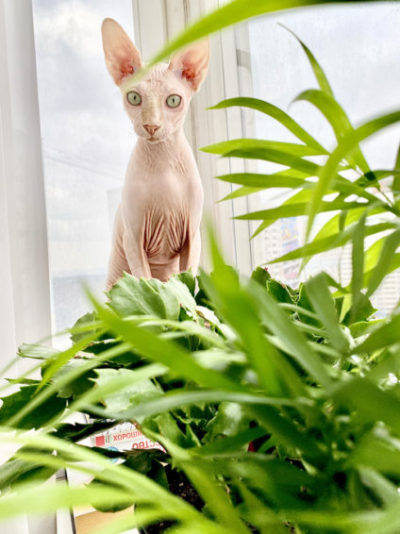
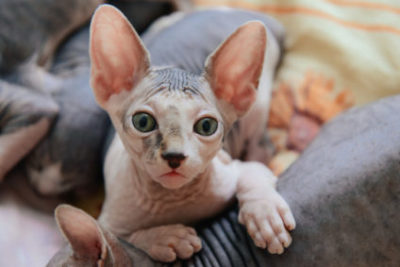
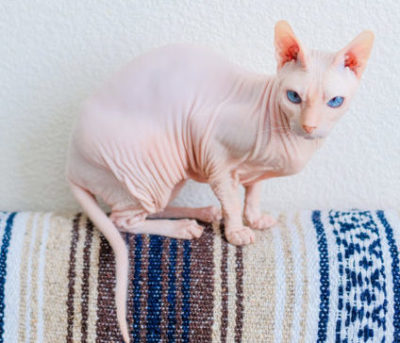

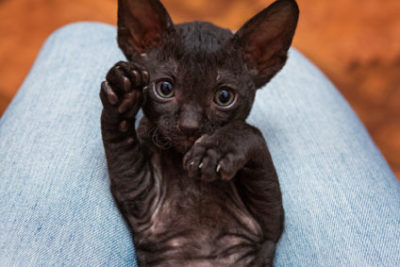

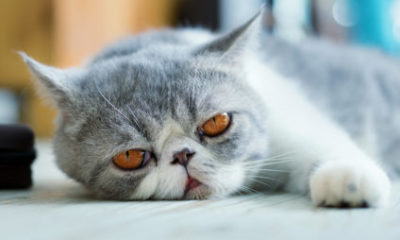
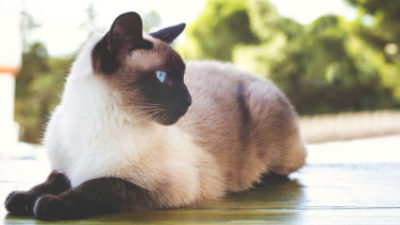
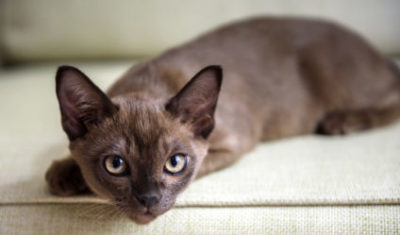
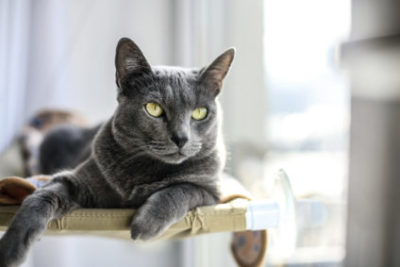
 10. Bengal
10. Bengal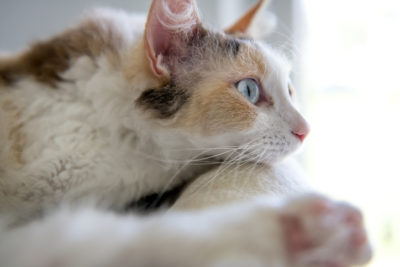 11. LaPerm
11. LaPerm
